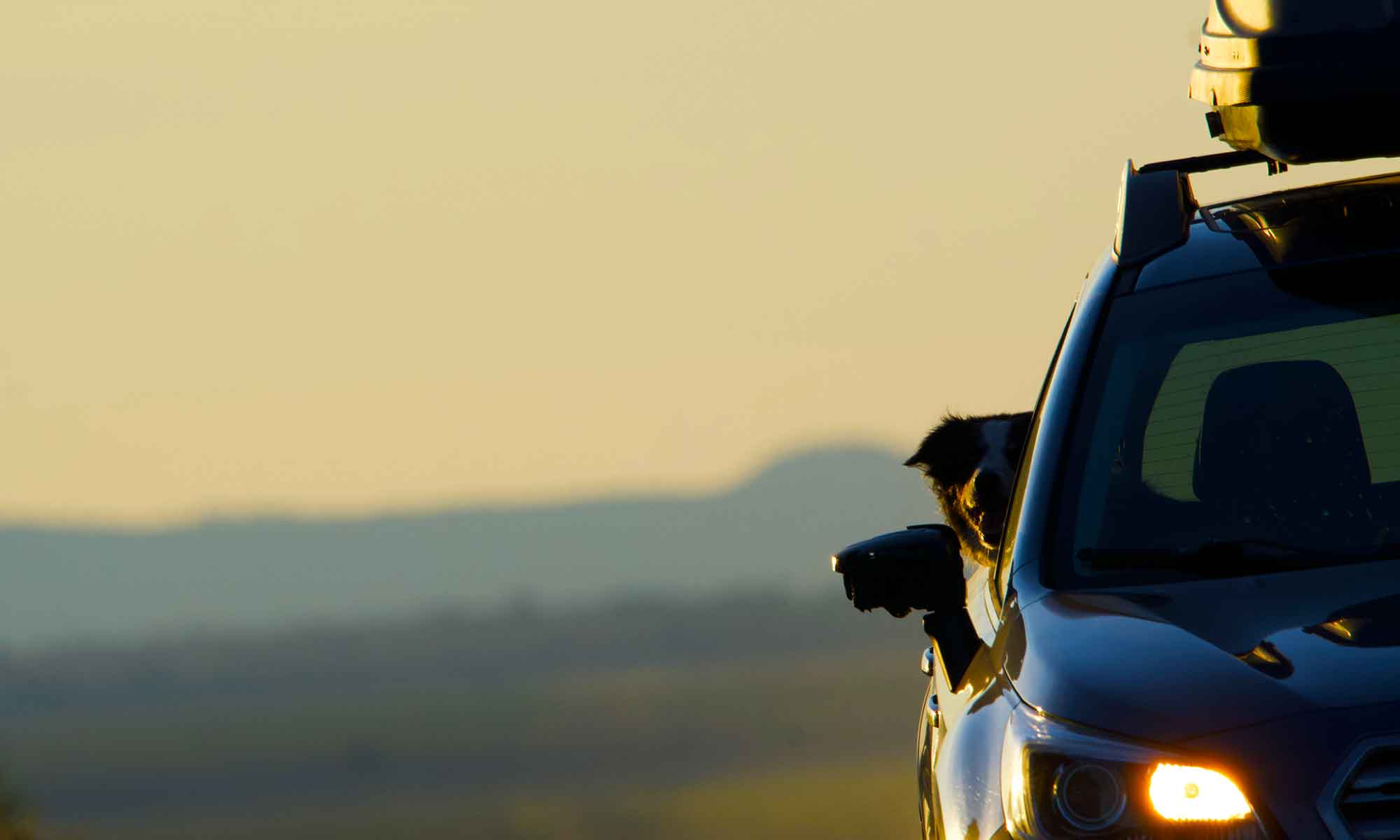
Fall has descended on Central Oregon.
The high desert isn’t known for its foliage displays, but there are spots of color. Morning temperatures have dropped to near frost level chill, but the skies are clear, and by noon we are in the mid-seventies.
It’s a great time of year.

Early in the week we headed over to Summer Lake only to find that it’s locked down in preparation for waterfowl hunting season. Didn’t really see many birds, wonder why?
Undaunted we swung up to Winter Ridge for the trip home.

Large swaths of the forest were ravaged by wildfire three years ago and yet some sections were untouched. Wildfire is a tricky beast.

The area is peppered with marsh land, which in turn is home to numerous Aspen groves. This was our fall color and while mainly just shades of yellow. It was beautiful.
Later in the week, we headed back to Maupin for an additional attempt at Summer Steelhead.
This week’s trek began at first light . . . or at least early morning.
My cast count must be getting close to that magic “1000” number and still no steelhead. Instead, I settled for a stand in the river, taking in the wildlife and practicing those casting moves.
It’s the height of apple season and we were hoping to get some more cider.


From the Deschutes River it’s a short jaunt to the orchards in Hood River.
On the slopes of Mt Hood there are a great variety of deciduous tree species and thus more fall colors.
Trees are still loaded with fruit, though mostly pears and the harvest is in full swing.
We did find some cider, as well as a few different variety of apples and pears to complement a growing fall fruit basket. Ladened with seasonal fruit, we headed home.














 As long as we’re over there, we decided to swing up to Dufur, check out the Dufur Market and then spend the afternoon on the Lower Deschutes.
As long as we’re over there, we decided to swing up to Dufur, check out the Dufur Market and then spend the afternoon on the Lower Deschutes.






 The bonus, however, is fruit stand shelves with half a dozen peach varieties and easily twice that in plums.
The bonus, however, is fruit stand shelves with half a dozen peach varieties and easily twice that in plums.















 This week we returned to a favorite fishing site, the Upper Deschutes River.
This week we returned to a favorite fishing site, the Upper Deschutes River. The Deschutes River is divided into three zones, Upper, Middle and Lower.
The Deschutes River is divided into three zones, Upper, Middle and Lower. 









 The stream is never more than knee deep so we can wade and fish either bank. It is also perfect for a game of fetch with Tip.
The stream is never more than knee deep so we can wade and fish either bank. It is also perfect for a game of fetch with Tip.